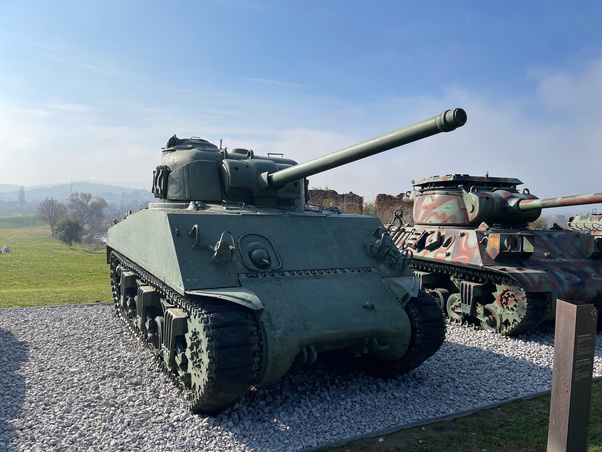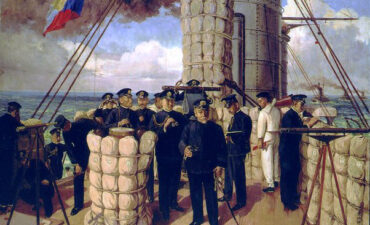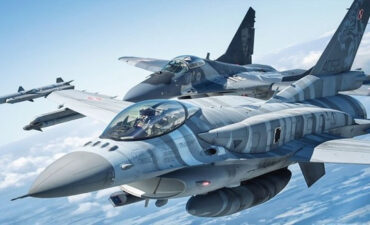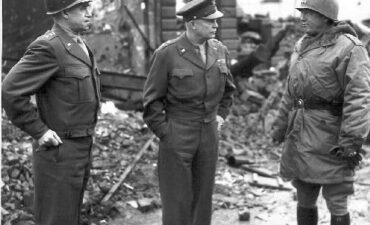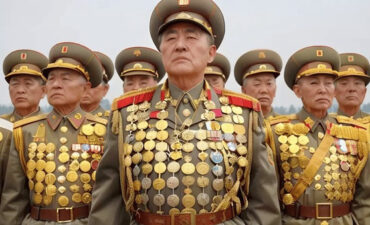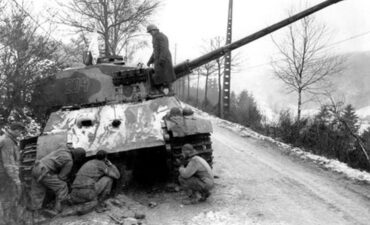Why did America perform so badly during World War II?
Why did America perform so badly during World War II? The United States had a complex experience during World War II, and while it ultimately emerged as one of the victors, there were significant challenges and setbacks that impacted its performance in the early years of the conflict. Here are some key factors that contributed to the perception of a poor performance at certain stages:
Late Entry into the War:
Before that, it was largely focused on isolationism and had not mobilized its military or economy for war. This late entry meant that the U.S. had to catch up in terms of military preparedness and strategic planning.
Initial Military Setbacks:
After entering the war, American forces faced several defeats, particularly in the Pacific and against Axis powers in North Africa. Key events included the loss of the Philippines and the disastrous early campaigns in the Pacific, which highlighted a lack of readiness and coordination.
Logistical Challenges:
The U.S. had to rapidly scale up its military production and logistics to support a global war effort. This included building ships, planes, and equipment while also ensuring troops were trained and ready. These logistical challenges sometimes led to delays and shortcomings in the deployment of forces.
Underestimating the Enemy:
There was an initial underestimation of enemy capabilities and strategies, particularly concerning the Japanese military. This led to tactical missteps, such as the reliance on outdated tactics and equipment in early confrontations.
Strategic Focus:
Early in the war, the U.S. had to balance commitments in both the European and Pacific theaters. The decision to prioritize the European theater, particularly after the attack on Pearl Harbor, meant that resources were sometimes stretched thin.
Internal Divisions:
There were also political and military divisions within the U.S. leadership regarding strategy and priorities, which sometimes led to inconsistent decision-making and delayed responses to emerging threats.
Adaptation and Learning Curve:
The early years of the war were marked by a steep learning curve for American forces. They had to adapt quickly to new technologies, tactics, and the realities of modern warfare.
Despite these challenges, the U.S. eventually turned the tide in World War II through significant military victories, a robust industrial mobilization, and strategic alliances. By 1943 and 1944, American forces began to achieve critical successes, such as in the Battle of Midway and the D-Day invasion, which contributed to the eventual defeat of the Axis powers.
